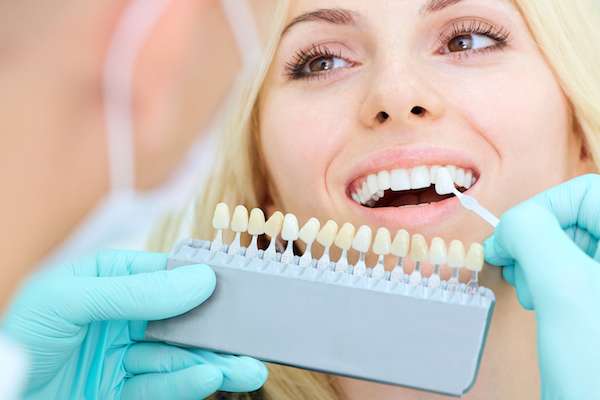
In recent years, new technologies have significantly impacted every field. The advancement of technology in the landscape of dentistry has led to significant improvements in how dental professionals approach patient care. Innovations such as digital X-rays, 3D printing, and robotic-assisted surgeries have empowered dental professionals to offer more efficient and effective treatments, making procedures more accurate, safer, and more comfortable for patients.
For those looking for a skilled, reliable NE Philadelphia dentist, embracing these technological advancements can guarantee higher care and better outcomes, ensuring patients have a more efficient and personalized dental experience. Let’s discuss the key technological advancements that have emerged over the years that changed the face of dentistry.
Digital X-rays
X-rays have also been crucial in dentistry. Whether diagnosing the severity of a cavity or performing a root canal, X-rays have always come in handy. Digital X-rays have revolutionized the process. They produce instant, clear images, using 90% less radiation than conventional X-rays, improving the accuracy of diagnoses and treatment planning.
3D Imaging and Cone Beam Computed Tomography (CBCT)
3D imaging technology detects tissue that is not visible in traditional X-rays, leading to more accurate diagnosis. CBCT enhances the precision of treatments, reduces the risk of complications, and allows for better surgery planning by providing 3D images of the teeth, jaw, and surrounding tissues, making this technology useful for dental implants and root canals.
CAD/CAM (Computer-Aided Design/Computer-Aided Manufacturing)Technology
CAD/CAM are aiding the dentists to create dental restorations like crowns, bridges, and veneers on their computers and then use a milling machine to create the custom piece right in the clinic. This technology offers same-day crowns, eliminating the need for multiple visits and allowing for a single-appointment solution.
Laser Dentistry
Lasers are multipurpose technology in various industries, from beauty treatments to eye surgeries. In dentistry, Lasers are used for cavity treatment, gum reshaping, and teeth whitening. Lasers are known for precision, and they can target specific areas without affecting surrounding tissues, leading to less discomfort, quicker healing, and reduced risk of infection.
Robotic-Assisted Surgery
The introduction of robotic-assisted surgery in dentistry marks a new era of precision and effectiveness. These robots assist the dentist, enhancing precision during complex procedures and reducing the margin for error. This improves the procedure’s success rate and reduces the recovery time.
Teledentistry
Teledentistry became popular during the COVID-19 pandemic. It lets patients have virtual consultations with their dental care providers through video calls. Patients with limited access to dental care can seek preliminary consultations without needing to visit the clinic in person. 
Intraoral Cameras
Intraoral cameras improve the accuracy of diagnoses by allowing dentists to capture high-resolution images of a patient’s mouth in real-time. They are also used to monitor the progress of procedures.
Artificial Intelligence (AI) in Diagnostics
Artificial intelligence is revolutionizing every industry. AI algorithms can not only analyze X-rays, CT scans, and other dental images without error but also assist in identifying potential issues such as cavities, gum disease, or even oral cancer at earlier stages.
Regenerative Dentistry
It focuses on using stem cells and growth factors to regenerate damaged or lost tissues in the mouth, leading to self-healing and biological therapy for damaged teeth. Techniques such as platelet-rich plasma (PRP) therapy can revolutionize the treatment of conditions like tooth loss, gum disease, and even nerve damage by accelerating healing and tissue regeneration.
Conclusion
Integrating new dental technologies is changing how we experience dental care, making it faster, more precise, and more comfortable. With advancements in diagnostics and precise treatments, patients can expect fast recovery and fewer complications. These innovations make care efficient, accurate, more affordable, and accessible.



